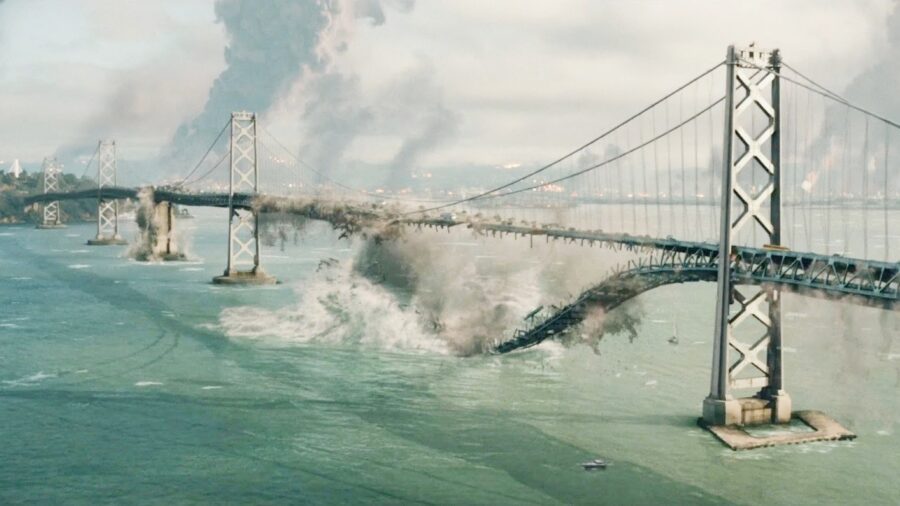Experts Think A Disaster Worse Than Earthquakes Is Coming To California
Scientists have been warning of a California mega-earthquake disaster for years, but it seems that is not the only thing to worry about.
This article is more than 2 years old

Scientists have been warning for years that the State of California was due for a mega-earthquake disaster that could ravage the whole area for generations to come. As though the near-certainty of an earthquake hitting the Golden State with enormously huge consequences were not enough, we are now being warned of another impending catastrophe. According to a new study published by Science Advances, California is under an ever-increasingly likelihood of a mega-flood disaster that is like of which no one has ever seen.
According to the study, the chances of California being hit by a mega-flood disaster have more than doubled in recent years. Even more frighteningly the model being examined in the study (using data from the Community Earth System Model Large Ensemble) predicts that both the likelihood of the California flood disaster and its severity will continue climbing. The study puts the blame for this on climate change, specifically that heavier rainfall and decreased snow raise the potential for what might be small-scale flood events to become enormous.
Per CNN, California is already prone to floods from atmospheric events and it is only getting worse. The recent flash floods in Kentucky made national news for being incredibly powerful and unexpected, eventually claiming the lives of approximately 40 people. The Kentucky floods were declared a major disaster by the federal government. However, according to this study, the potential of a California mega-flood disaster of this kind (thought of as a kind of once-in-a-millennium event) to not only dwarf it in severity but to recur every 25-50 years, is staggering.
It is also notable that in addition to being the world’s fifth largest economy overall, California produces a massive percentage of America’s food source. The Central Valley of California alone produces a quarter of the country’s food, which would make a disaster there incalculably harmful to the entire country.
California has a history of this kind of disaster. The last recorded mega-flood incident there occurred in 1862; it killed four thousand people, bankrupted the entire state, and destroyed a third of all property in California. While there is still an active and persisting movement to deny the effects of climate change, the scientific community has a near-complete consensus that it is real, quickly accelerating in severity, and increasingly irreversible. Disasters of this kind will become frequent events most likely within the lifetimes of many, which raises the specter of a terrifying future.
It will have to remain to be seen whether dire warnings for California of this kind of disaster will be met by any kind of change. The United States government is sharply divided over the issue of climate change, despite decades of research and data on the subject. Hopefully, both the state of California and the elected representatives of America will use this study and others like it to attempt to mitigate the almost certain disaster that lies in the near future.












